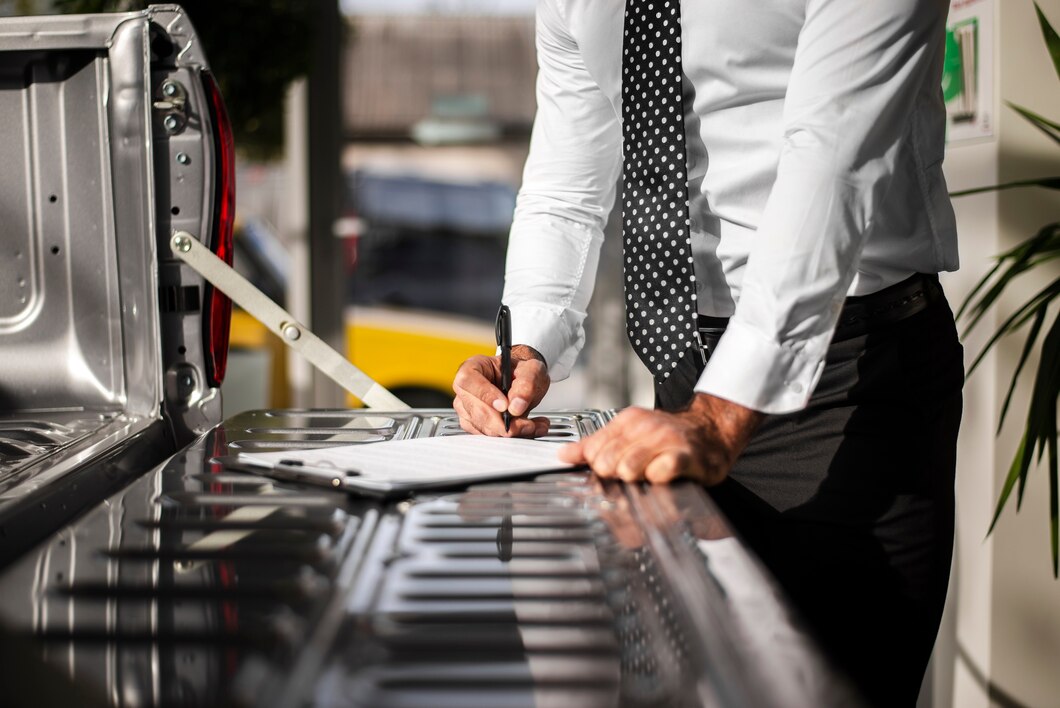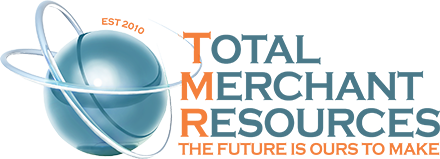
Equipment leasing is a smart way to get the tools your business needs without buying them outright. Whether you need new machinery, computers, or vehicles, leasing can make starting easier. It helps you manage your cash flow better since you don’t have to spend much money upfront.
This guide will walk you through understanding how equipment leasing works. We will cover how to evaluate your equipment needs and what to look for in a leasing partner. We’ll also take you through the leasing process so you know what to expect.
Understanding Equipment Leasing Basics
Equipment leasing lets you use equipment for a certain period while paying regular installments. Unlike buying, you don’t own the equipment outright at the end of the lease, but you often have options to buy.
There are two main types of leases: operating leases and capital leases. An operating lease is like renting. You use the equipment for a set time and return it when the lease ends. This type usually has lower monthly payments and often includes maintenance. Capital leases, on the other hand, are more like financing. You pay for the equipment over time and usually own it at the end of the lease.
Advantages of Leasing:
– Lower Upfront Costs: Leasing equipment requires less money upfront, helping you manage cash flow.
– Flexibility: You can upgrade to newer equipment at the end of your lease term.
– Maintenance and Support: Many leases include maintenance, reducing upkeep costs.
Disadvantages of Leasing:
– No Ownership: You don’t own the equipment, which means no equity.
– Long-term Costs: Leasing can be more expensive than buying over time.
These basics can help you decide if leasing is right for your business. It’s a helpful option for saving money and keeping your operations running smoothly.
Evaluating Your Equipment Needs
It is essential to evaluate what your business truly needs before you lease. This will help you avoid unnecessary expenses and get the right equipment.
1. Identify the Equipment: List what equipment you need. Specify the type, model, and any features required. For example, if you need computers, list preferred brands, specifications, and how many units you need.
2. Assess Usage: Consider how often and for how long you’ll use the equipment. If it’s for short-term projects, leasing is usually more cost-effective. Make sure the lease term aligns with your usage plans for long-term needs.
3. Consider Future Needs: Think about your business’s growth. Will you need more or different equipment soon? Leasing allows flexibility to upgrade and change as your business grows.
4. Total Cost of Ownership: Evaluate all costs, including maintenance, insurance, and potential repairs. Leasing can sometimes be cheaper due to included maintenance plans.
5. Space and Storage: Ensure you have enough space and storage for the equipment. Large items may need special accommodations, which can add to your costs.
Carefully evaluating your needs can help you choose the right equipment and lease terms for your business. This step ensures you’re not overestimating or underestimating what you require, saving you money and hassle in the long run.
Choosing the Right Leasing Partner
Finding the right leasing partner is essential for a smooth leasing process. A good partner can offer flexible terms, competitive rates, and excellent customer service. Here are some tips to help you choose the right leasing partner:
1. Research and Reviews: Start by doing some research. Look for companies with positive reviews and testimonials. Ask for recommendations from other business owners who have leased equipment.
2. Experience and Expertise: Choose a partner with experience in your industry. They will better understand your needs and provide the best solutions for your business. Check their track record to see how long they’ve been in business and their success stories.
3. Flexible Terms: Different businesses have different needs. A good leasing partner should offer flexible lease terms tailored to your requirements. Ask about their options for lease duration, payment schedules, and end-of-lease choices.
4. Transparent Costs: Make sure all costs are clearly outlined. Avoid partners with hidden fees or unclear terms. Ask for a detailed quote and make sure you understand everything included.
5. Customer Support: Good customer service is a must. Choose a partner who is responsive and willing to help when issues arise. Check if they provide ongoing support and maintenance as part of the lease agreement.
Choosing the right partner sets the foundation for a successful lease. It ensures you get the equipment you need without any surprises.
Navigating the Leasing Process
You must navigate the leasing process once you’ve chosen your leasing partner. Understanding the steps involved can help make it smooth and stress-free.
1. Application and Approval: Start by filling out a lease application. Provide information about your business, financial statements, and necessary equipment. Your leasing partner will review your application and may request additional documents.
2. Reviewing Terms: You will receive a lease agreement once approved. Carefully review all terms and conditions, paying attention to the payment schedule, interest rate, and fees. Don’t hesitate to ask questions or request changes.
3. Signing the Lease: Sign the lease agreement after agreeing to the terms. Make sure you keep a copy for your records. Your leasing partner will also sign, and the lease becomes official.
4. Delivery and Setup: Arrange for the delivery of the equipment. Your leasing partner might handle this, or you may need to coordinate with the equipment supplier. Ensure proper setup and testing to make sure everything works correctly.
5. Payments and Maintenance: Follow the payment schedule outlined in your lease agreement. Keep track of your payments to avoid late fees. If your lease includes maintenance, schedule regular checks to ensure your equipment stays in good condition.
6. End-of-Lease Options: As your lease term ends, decide on your next steps. You may have options to buy the equipment, renew the lease, or return the equipment and lease new items.
By following these steps, you can navigate the leasing process with confidence. This ensures you get the best value from your lease and keeps your business running smoothly.
Conclusion
Leasing equipment can be a fantastic option for many businesses. It allows you to access the necessary equipment without a considerable upfront cost. By understanding the basics of equipment leasing, evaluating your needs, choosing the right partner, and navigating the process carefully, you can make informed decisions that benefit your business.
Remember, a well-chosen lease can provide flexibility, financial benefits, and access to the latest technology. These advantages can help you stay competitive and efficient. Leasing also offers the added benefit of included maintenance and support in many cases, taking some burden off your shoulders.
Ready to explore equipment leasing for your business? Total Merchant Resources can help you find the best leasing options tailored to your needs with our easy business lines of credit. Contact us today to learn more and take the first step toward hassle-free equipment leasing.



